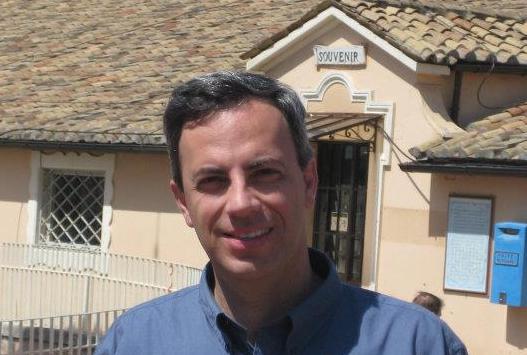
(Includes excerpts from the Church Newsroom)
I have started tonight listening to the the second volume of Saints: The Story of the Church of Jesus Christ in the Latter Days that is now available for purchase from the Church’s online store and at retail outlets.
I am expecting to find what Church Historian and Recorder Elder LeGrand R. Curtis Jr. of the Seventy said about volume 2: that is important because it helps Church members see the faith’s pioneer beginnings from angles that might be new to the everyday Saint.
“I think I know our history pretty well, but I keep finding things as I read [Saints] that added an additional element or an additional perspective,” said Elder Curtis. “I think the readers will find the same thing.
The digital version is also available for free in the Church History section of the Gospel Library app.
Readers will find themselves moved by the volume’s countless stories of sacrifice. Elder Quentin L. Cook of the Quorum of the Twelve Apostles, who chairs the Church History Department, said he had such an experience while reading volume 2 during a long flight.
“I was in tears four different times reading a hundred pages,” he said. “I don’t [usually] read and get in tears, but I was in tears because I just feel so deeply about our faith and our Church history. And what the members . . . [and] leaders of the Church have done is just incredible.”
Volume 1, which has sold half a million print copies and has more than 1 million digital views since its release in 2018, tells the story of the Restoration of the gospel of Jesus Christ, beginning in 1815 with Joseph Smith’s childhood. It concludes with the Saints worshipping in the Nauvoo Temple in 1846.
Volume 2, No Unhallowed Hand, 1846–1893, picks up where volume 1 left off. The second volume begins with thousands of Latter-day Saints fleeing mobs in Nauvoo, their gathering place for the previous seven years. Readers follow Brigham Young and the Quorum of the Twelve Apostles west across prairie and plain, witnessing their trust that God has prepared a home for them beyond the towering peaks of the Rocky Mountains.
Their quest for a new home is only the beginning of the story. As they serve God and build a new gathering place in the intermountain West, the exiled Saints encounter new obstacles. Stalwart women and men work together to create communities where the faithful can gather near and worship in temples built to glorify God and redeem the living and the dead. At the same time, hundreds of missionaries journey to faraway lands—England and Denmark, South Africa and the Pacific Islands—to invite others to follow Jesus Christ and help establish Zion.
Saints, which will eventually feature four volumes, is the third multivolume official history produced by the Church. Joseph Smith commissioned and oversaw the writing of the first Church history in the 1830s, and it was published beginning in 1842. The second history was published in 1930 by Assistant Church Historian B. H. Roberts, before Church membership had reached 1 million.
(Read the rest of the article here)
:no_upscale()/cdn.vox-cdn.com/uploads/chorus_asset/file/19710947/Saints_Volumes_1_and_2.jpg)
Seeing History from Fresh Angles
What church leaders learned from Volume 1 is there’s a healthy appetite among the faith’s members to learn the history. Readers also like the narrative style, Elder Curtis said.
“We really were surprised by how successful Volume 1 was. We had to keep reprinting it,” Elder Curtis said. “I think it has given us great confidence that the narrative style is effective and helping people to understand more about church history.”
:no_upscale()/cdn.vox-cdn.com/uploads/chorus_asset/file/19710957/map.jpg)
Elder Curtis outlined three noteworthy points about Volume 2. First, readers will get the full story of the pioneers crossing the plains, already a rich part of the Latter-day Saint heritage.
“Unfortunately there’s death and hardship, but also the triumph of people banding together,” Elder Curtis said. “I cherish the fact that for church leaders it was important to not leave the poor behind.”
Second, it was important to address the controversial topics. In a digital age where people consume so much information, controversies like the Mountain Meadows Massacre must be addressed, said Jed L. Woodworth, the project’s managing historian and a general editor.
“We have books on this topic written by church historians but the church has never published anything this thorough until this volume,” Woodworth said. “The reception to Volume 1 where we dealt with a number of controversies has been quite positive. That presents a template for us going forward.”
Finally, the volume ends on a “triumphant” note with the dedication of the Salt Lake Temple, which may or may not be a spoiler, Elder Curtis said.
